Affiliate links on Android Authority may earn us a commission. Learn more.
The best of Google I/O 2016
May 22, 2016
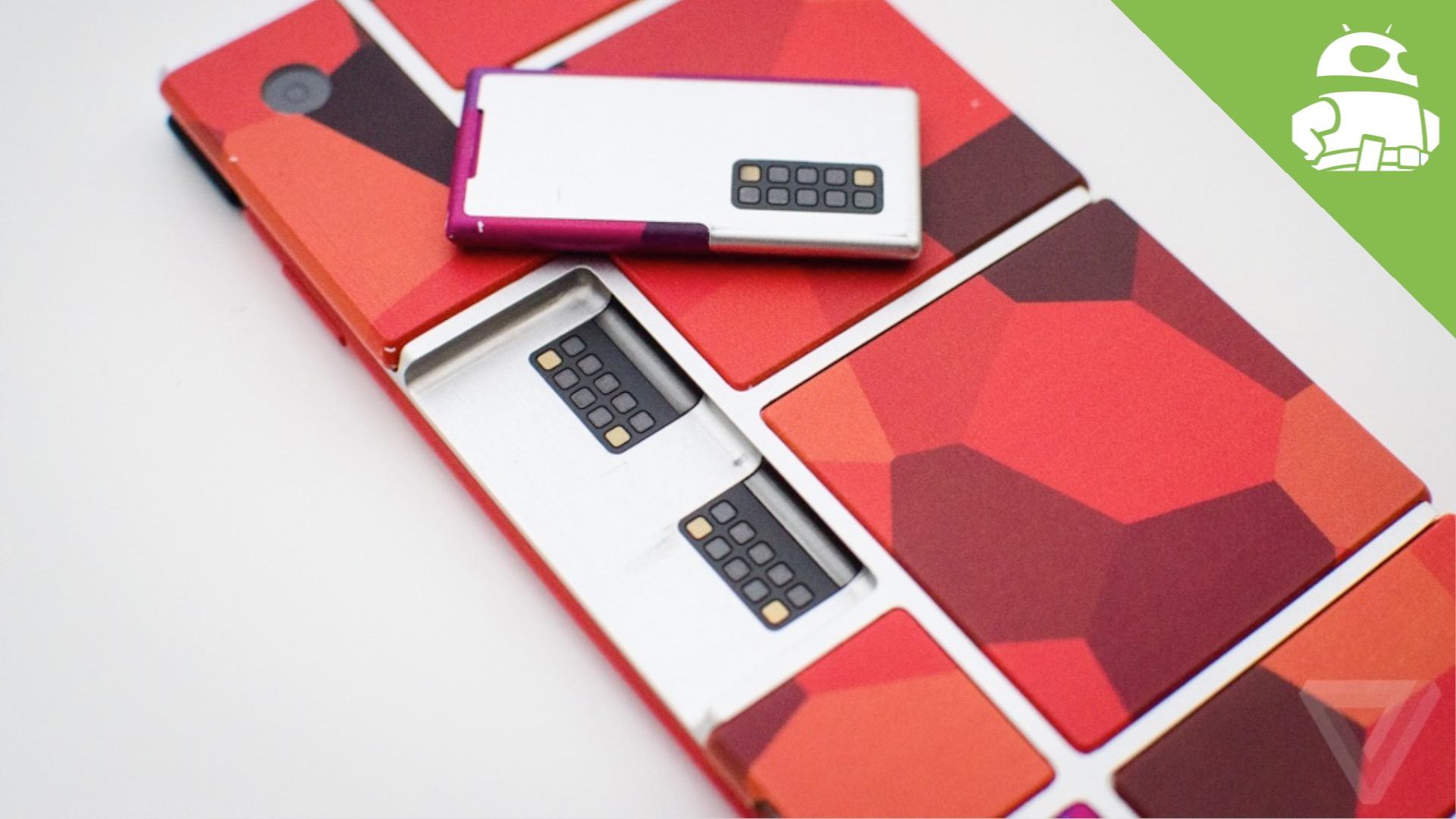
Google I/O has come and gone once again, and as has been the case in recent years, Google took advantage of the annual developer conference to make some of their biggest announcements. This year’s keynote presentation saw the introductions arriving at a rapid pace, with a larger focus on virtual reality, key improvements or updates, or even better versions, of existing apps and services, Google’s latest attempt to make a space for itself in your home and your car, and a whole lot more.
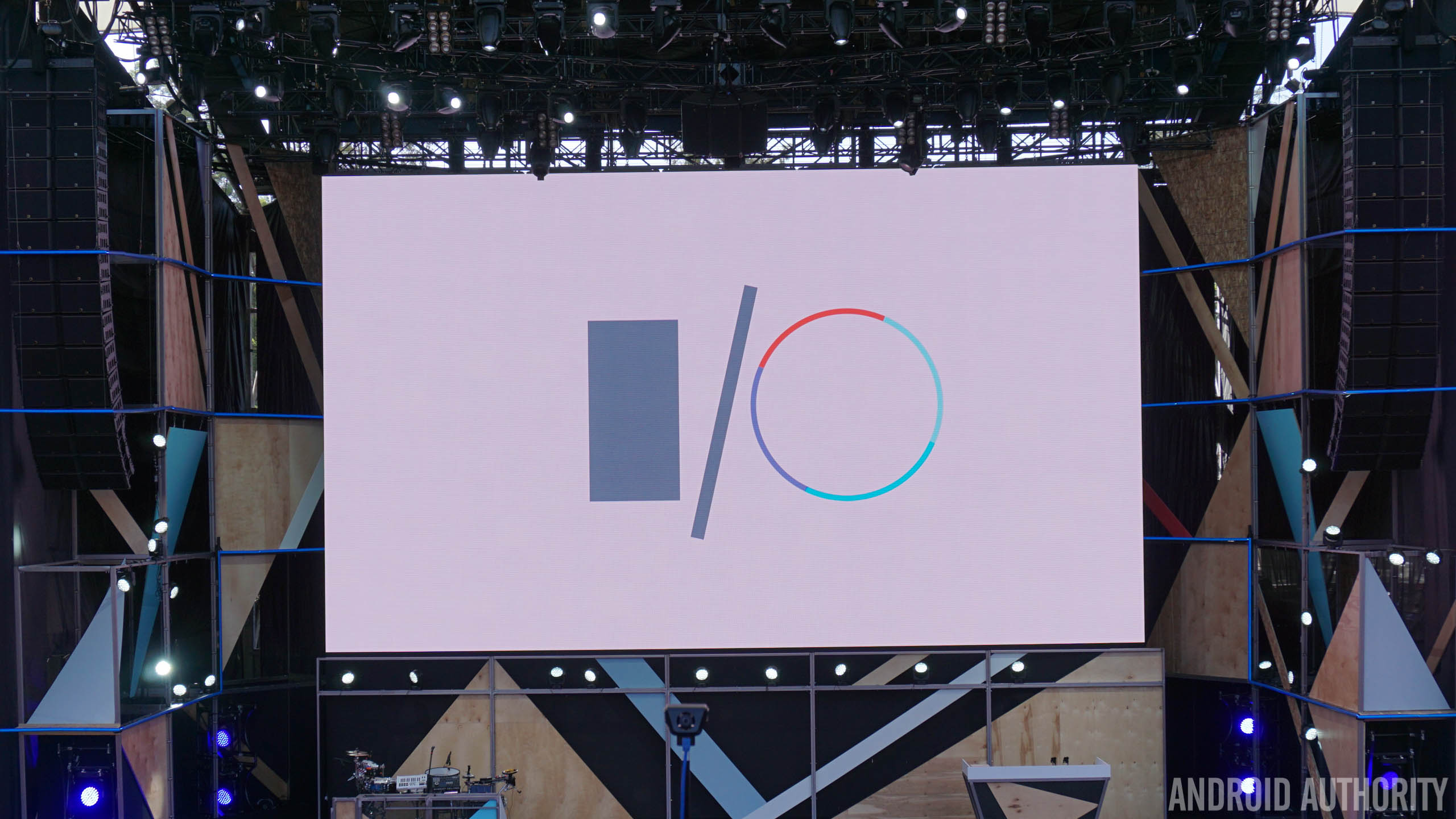
If you haven’t been keeping up with everything that has happened over the last few days, we’re here to help you out with this roundup of the biggest announcements from Google I/O 2016!
Google Daydream
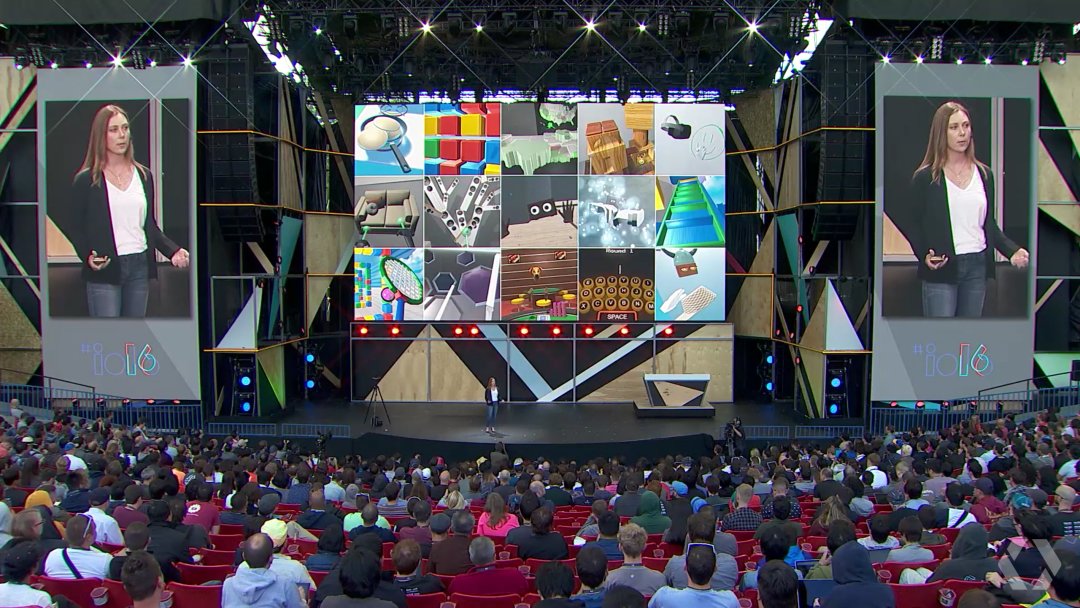
From humble beginnings with Google Cardboard a couple of years ago, Google has stepped up their virtual reality game with the announcement of Google Daydream at this year’s conference. Daydream encompasses everything Google has planned for VR, including standardizing the requirements for smartphones and headsets, as well as baking in the new VR mode right into the upcoming Android N.
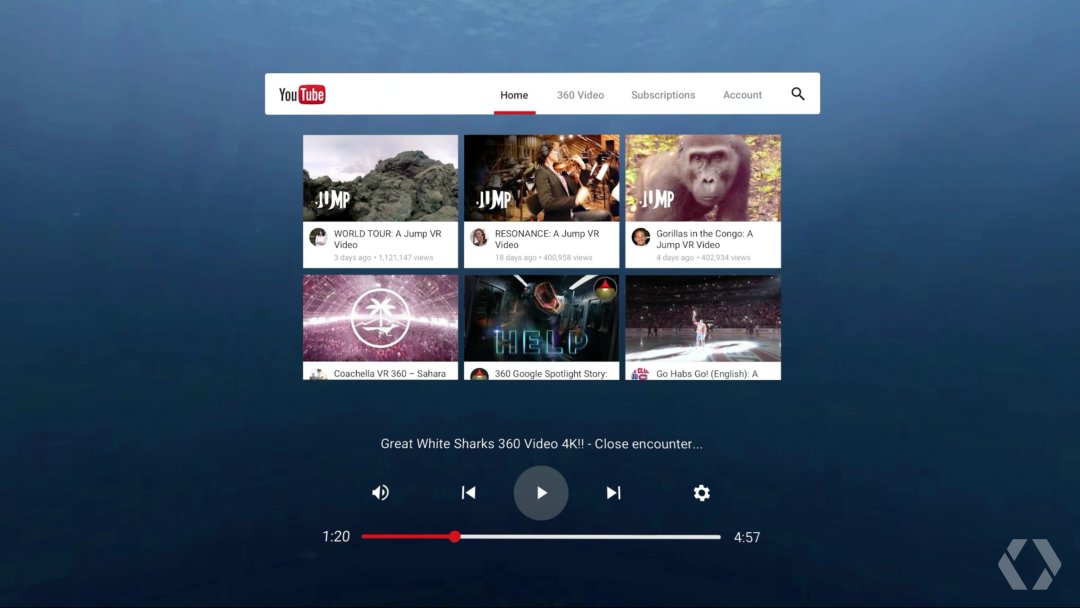
The DIY nature of Cardboard is no longer a possibility with Daydream, with there now being the need for certain sensors and a motion controller to meet the standards set out. The good news is that a lot of OEMs are already on-board, including HTC, Samsung, and LG, along with Huawei, who have already announced their Daydream VR plans. Apart from third-party OEMs, Google will also release a headset and controller. Google has also set the minimum requirements from smartphones, that lean towards the high-end, dubbed “Daydream-ready,” that will allow for the fast and seamless experience that Google is aiming for.
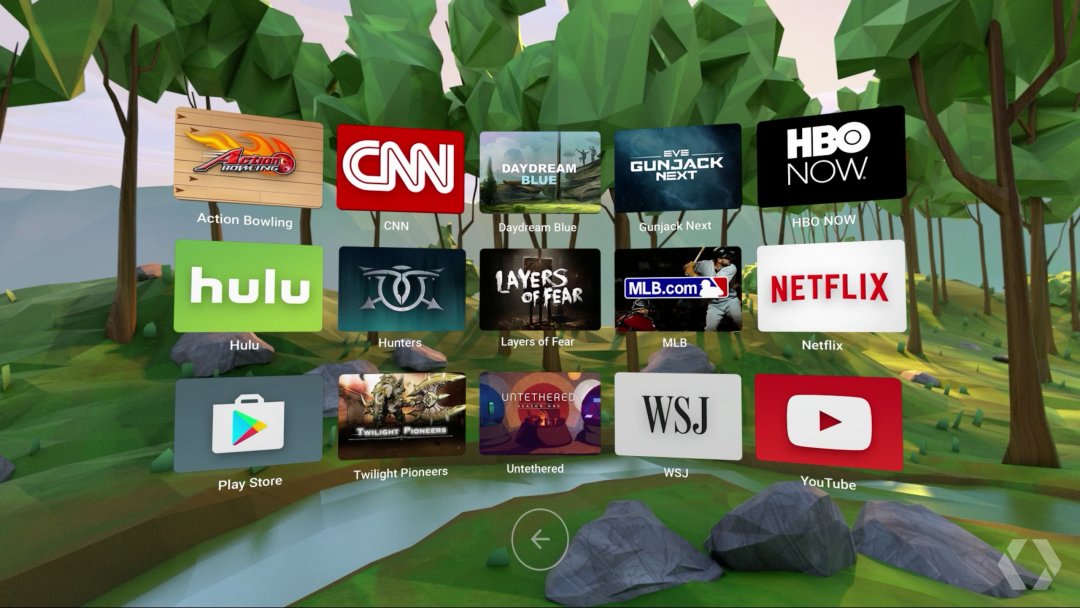
On the software side of things, a VR mode will be baked into Android N, and is already available with the third developer preview, that currently includes a VR optimized version of the Google Play Store, as well as a VR version of YouTube. All hardware and software will officially be released in the Fall this year, likely alongside the 2016 Nexus smartphones.
Read more:
- Google Daydream platform is Cardboard’s much more advanced successor
- Daydream VR reference headset showcased at Google I/O
- HUAWEI announces plans for Daydream VR headsets and smartphones
- Here is what the YouTube VR app will look like
- Google’s vision for VR
Google Assistant
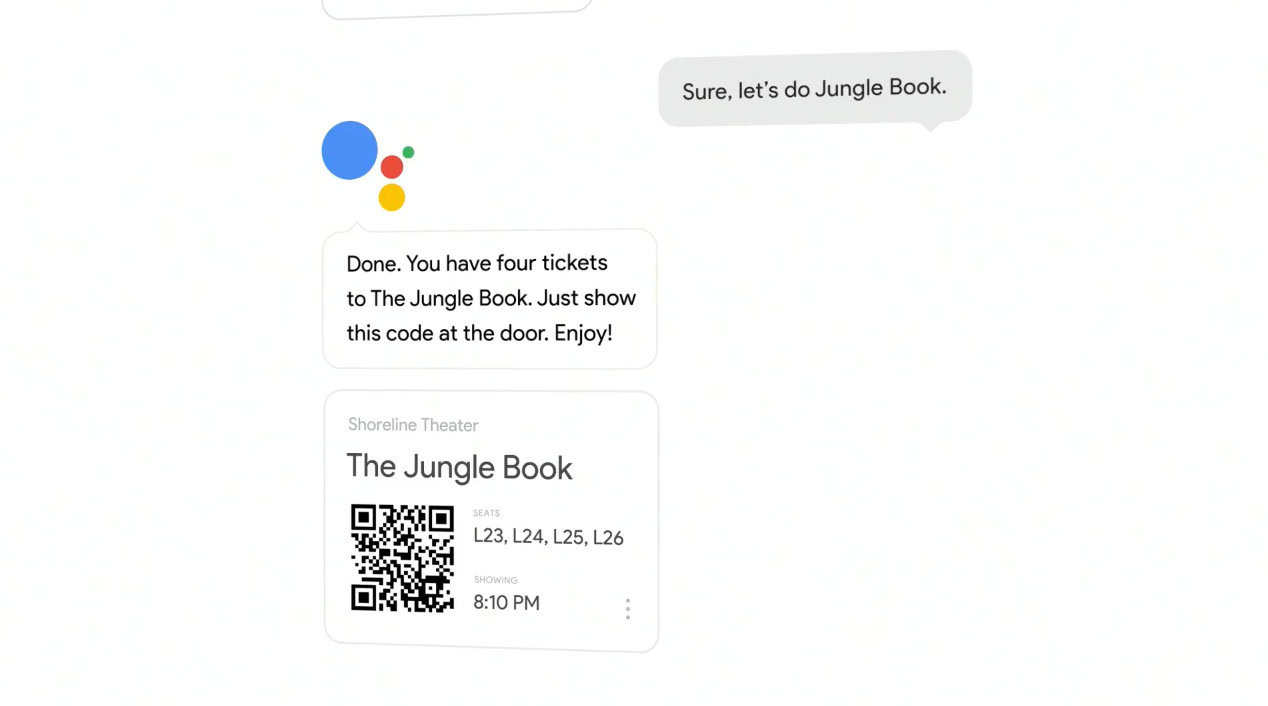
For many, “Okay, Google,” or Google Now, has been a fun and key part of their Android experience, and Google continues to make things even better, with the announcement of Google Assistant. The beefed-up voice assistant comes with a LOT more functionality that what is currently possible with Google Now, and interacting with it is also more conversational in nature. If you haven’t already, don’t forget to check out the live demo of Google Assistant during the keynote (at around the 20 minute mark) to see how simple and seamless the experience is going to be. Google Assistant will be available later this year and will across numerous devices, including smartphones, tablets, in your car, and with Google Home.
Google Home
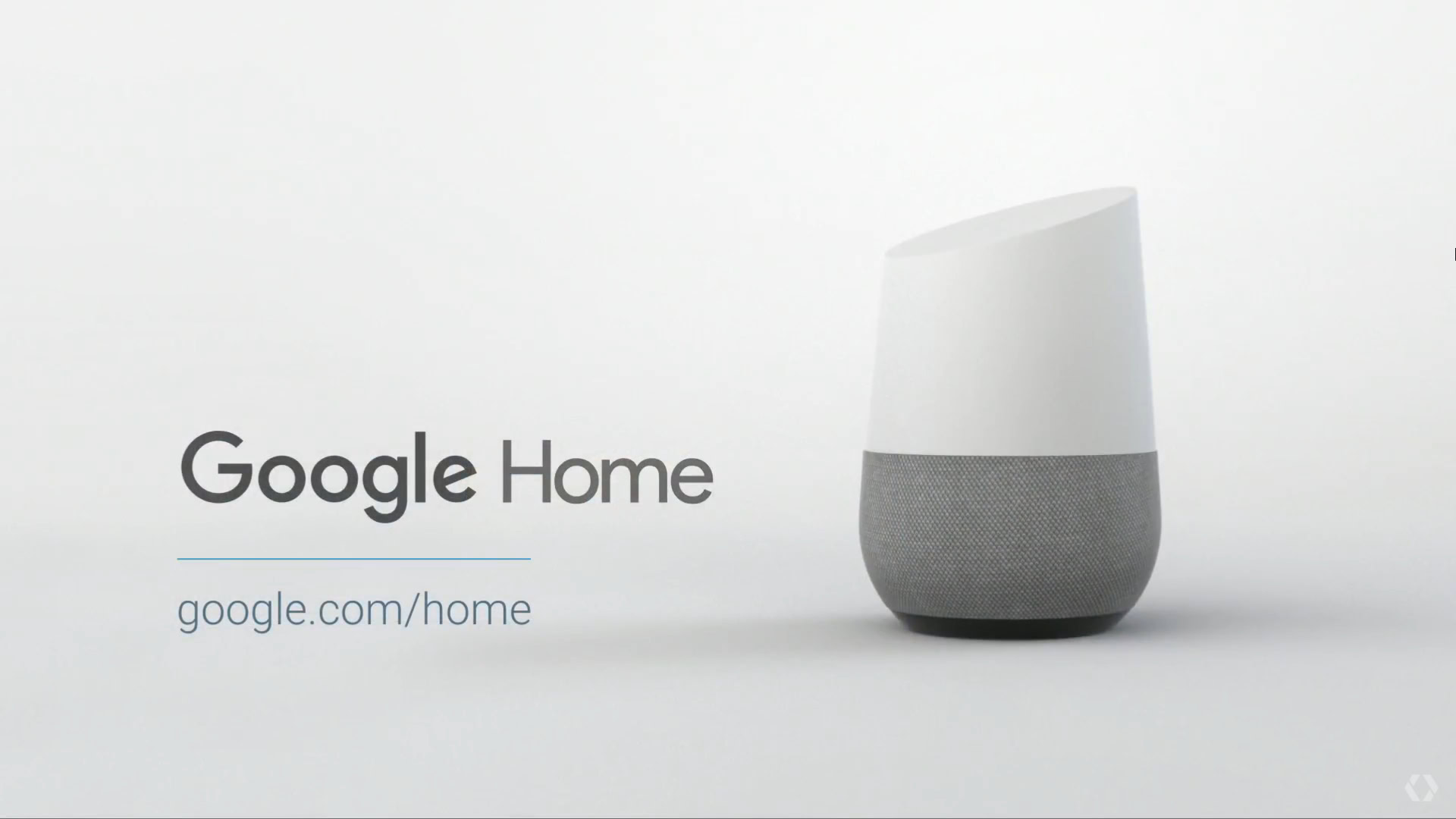
Google Home is the company’s answer to Amazon Echo, and is a compact wireless Bluetooth speaker with a built-in mic that you can interact with using a voice assistant, which is the Google Assistant in this case. It lets you enjoy entertainment, manage everyday tasks, and get answers from Google, all using conversational speech. Home also acts like a Chromecast, and lets you play audio wireless through it or other connected speakers, and enjoy content on your TV.
You will also able to use Home to control home automation systems like Nest, and finally, also take advantage of Google Now and Google Search using the device, all with simple voice commands and conversations, without needing to reach for your phone. If you are worried about how it will fit in with the decor of your room, different color options and interchangeable shells will also be available. Google Home will officially be available at the end of the year.
Google Play Store coming to Chrome OS
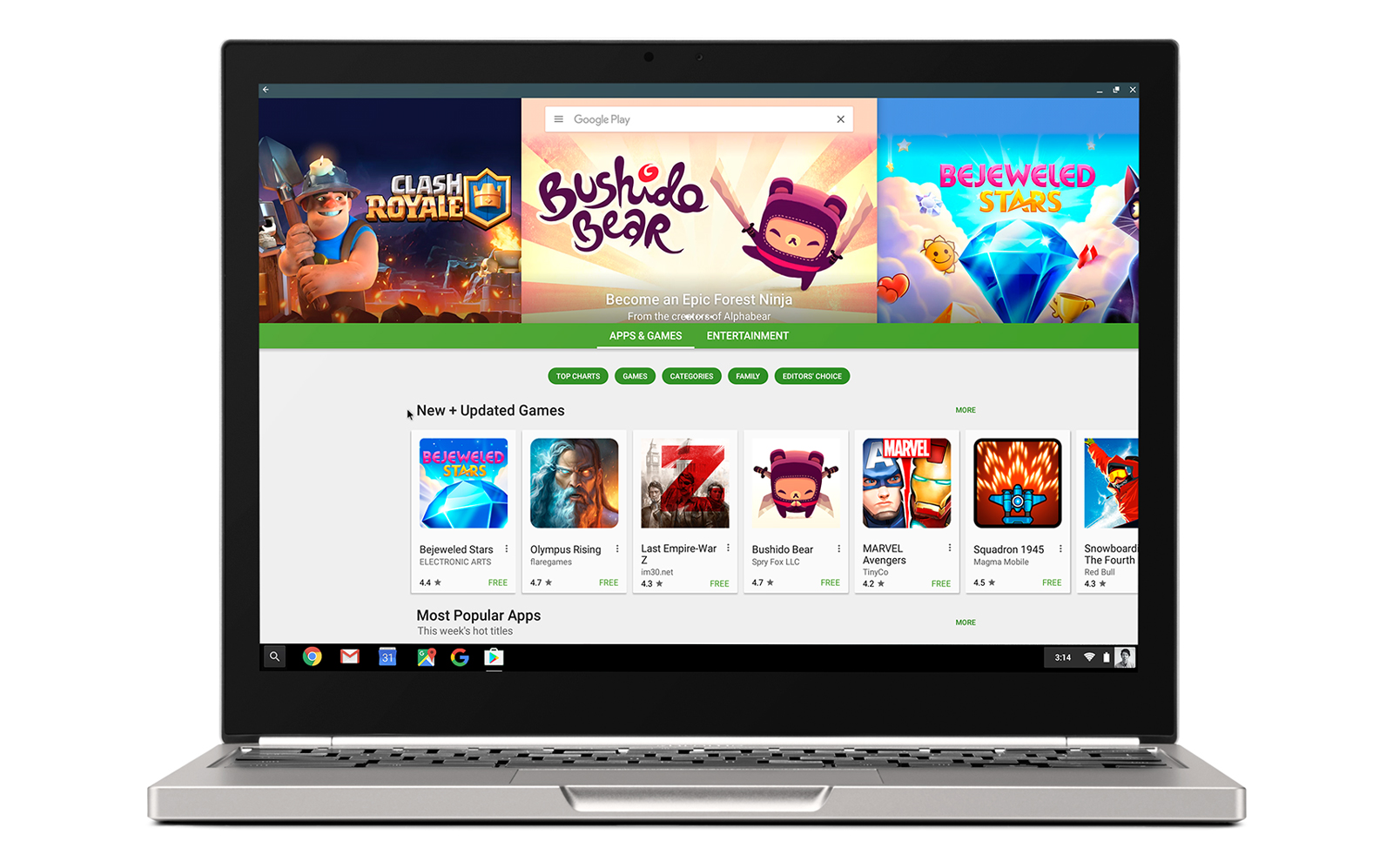
It’s been a long time coming, and Google finally announced, just before the “Coming to a Chromebook near you” session at Google I/O, that the Google Play Store and Android apps will soon be available with Chrome OS. Chromebooks have been gaining in popularity and market share recently, and the availability of Android apps could be the boost it requires to compete even more effectively in the low-cost laptop market. There are a lot of advantages to bringing the Play Store to the Chrome OS for consumers and developers alike, some of which Google has outlined in their official blog, and is certainly something to be very excited about.
The Play Store will be available specifically for developers in early June on the ASUS Chromebook Flip, Chromebook Pixel (2015), and the Acer Chromebook R11, and will be available to all other users later in the year. You can also find a list of Chromebooks that support Android apps at this link.
Read more:
- Android apps are coming to Chromebooks
- Newer Chromebooks may not support Google Play Store
- The good, the bad, and the ugly of Android apps on Chrome OS
Android Instant Apps
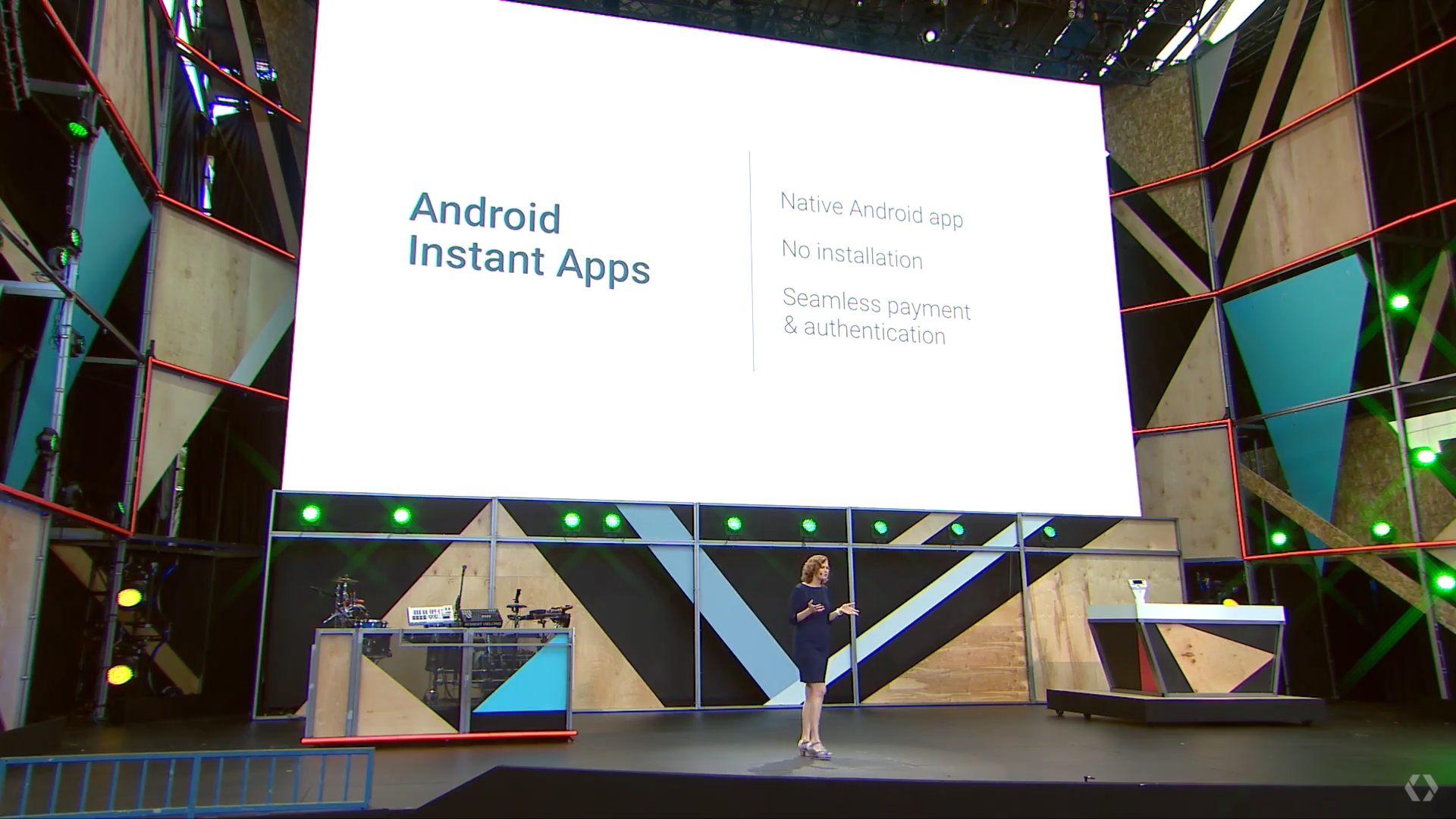
Android Instant Apps, as the name suggests, are a quick and simple way of accessing an app without actually having to download it. This is ideal if you’re looking to use an app for a limited time, or only during specific occasions. When a developer adds support for Android Instant Apps, simply tapping on a URL will give users access to a full-fledged Android app. When the user clicks on the URL, the Play Store will be able to search for that application and download only the code necessary to run the app. You get the full functionality of the app, so for example, if you are on a shopping app, you will be able to use your fingerprint sensor to authenticate a payment. Google says Android Instant Apps will work with devices running Jelly Bean and later.
Seamless updates for Android N
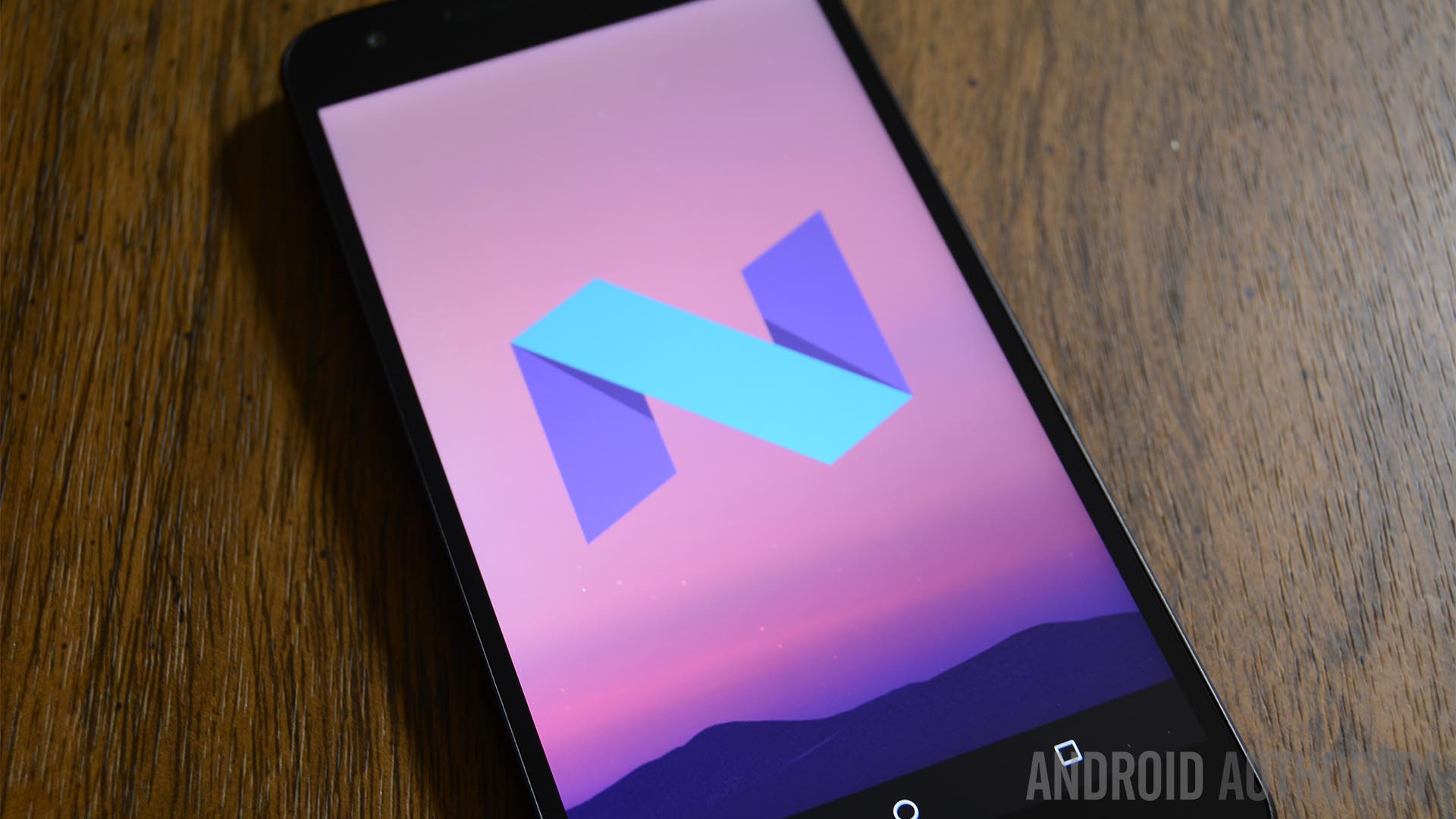
We are getting a clearer picture of what to expect from Android N when it officially launches in the Fall, but one of the better aspects of the upcoming version of Android is the fact that updating the OS will now be a seamless experience. While your Android device downloads an update automatically, a reboot and a sometimes lengthy installation process follows, but that will no longer be the case with Android N. Now, your Android smartphone or tablet will also install the update in the background, and the device will reboot only once the installation is done. This option will likely be limited only to smartphones that release with Android N out of the box however.
Read more:
Allo and Duo
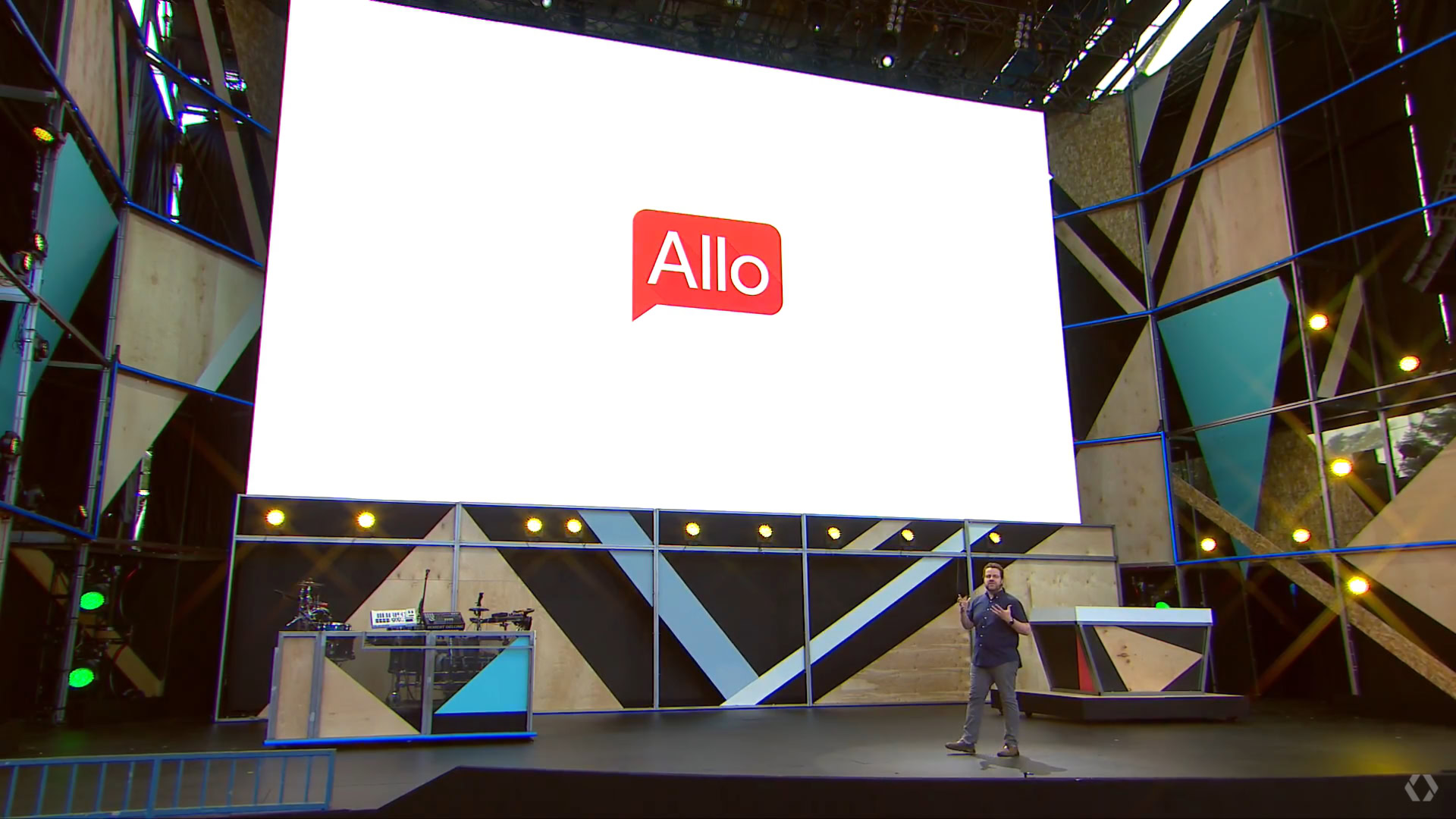
During the keynote, Google announced two new communication apps – Allo, a messaging app, and Duo, a one-to-one video calling app. Allo will tap into your contact list, and the app will be linked to your phone number, similar to Whatsapp. Allo features stickers and emoji, just like most of its competitors, but what makes it different is a feature called Whisper-Shout, that lets you resize text to better express your feelings, instead of resorting to something like all caps. Ink lets you draw images, and Google Assistant is also built into the app.
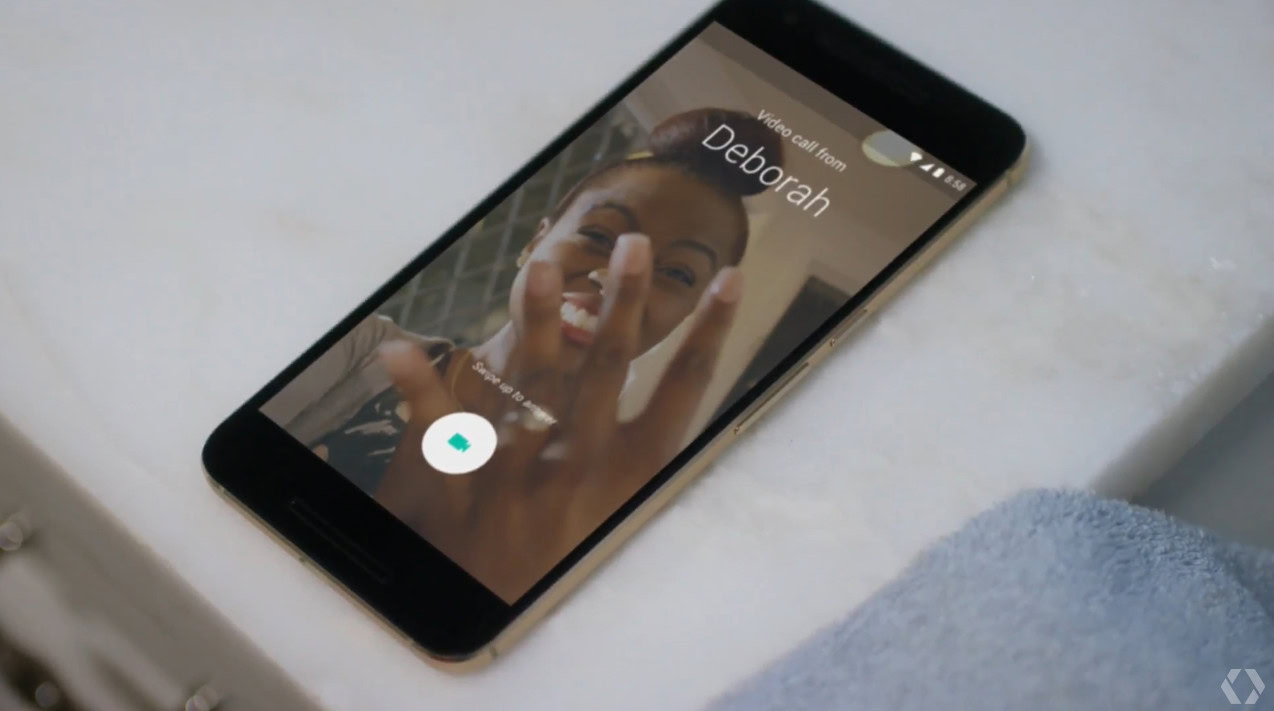
Duo is a simple one-to-one video app that aims to make video chatting much easier, no matter what platform you’re on, or how fast your data connection is. Like Allo, you can use your phone number to sign up. The coolest feature of Duo is called Knock Knock, that shows a preview of what to expect when you answer a call. Basically, if someone calls you on Duo, you’ll get to see them through their front-facing camera even before answering it. Allo and Duo will be available soon, and you will be able to pre-register for them now.
Read more:
- Google announces Allo – a feature rich messaging app
- Duo is a new cross-platform video calling app
- Allo is powered by the same encryption tech seen with Whatsapp
Android Wear 2.0
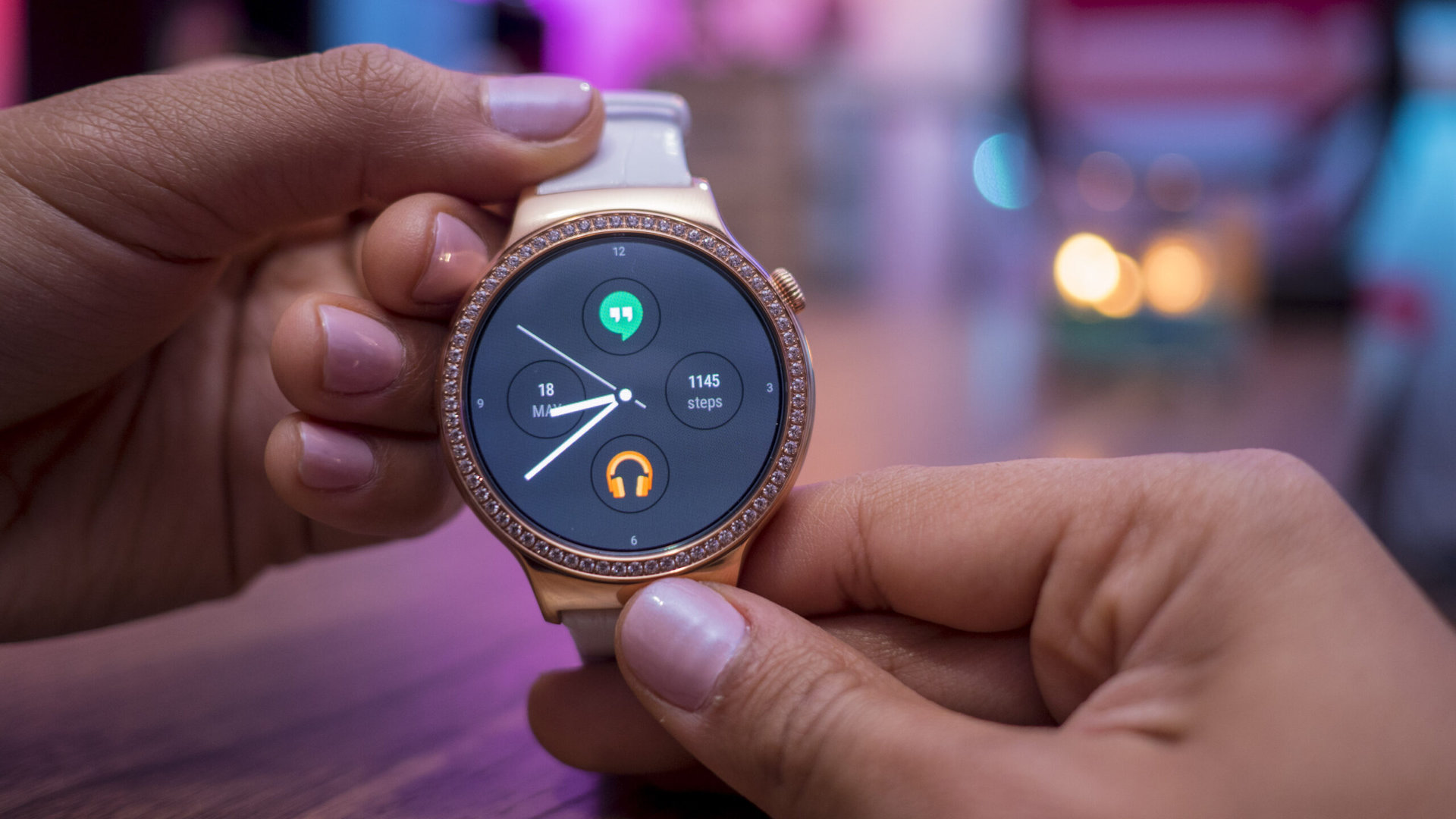
Google’s Android Wear has finally received a much needed update, bringing it with a slew of new features, functionality, and services that are now built into the wearable OS. The main focus of Android Wear 2.0 is to make your smartwatch function better as a stand alone device, without being completely dependent on the connected smartphone. In fact, the smartwatch doesn’t even need to be paired to a phone anymore, as long as you have a device that supports cellular connectivity, for complete separation.
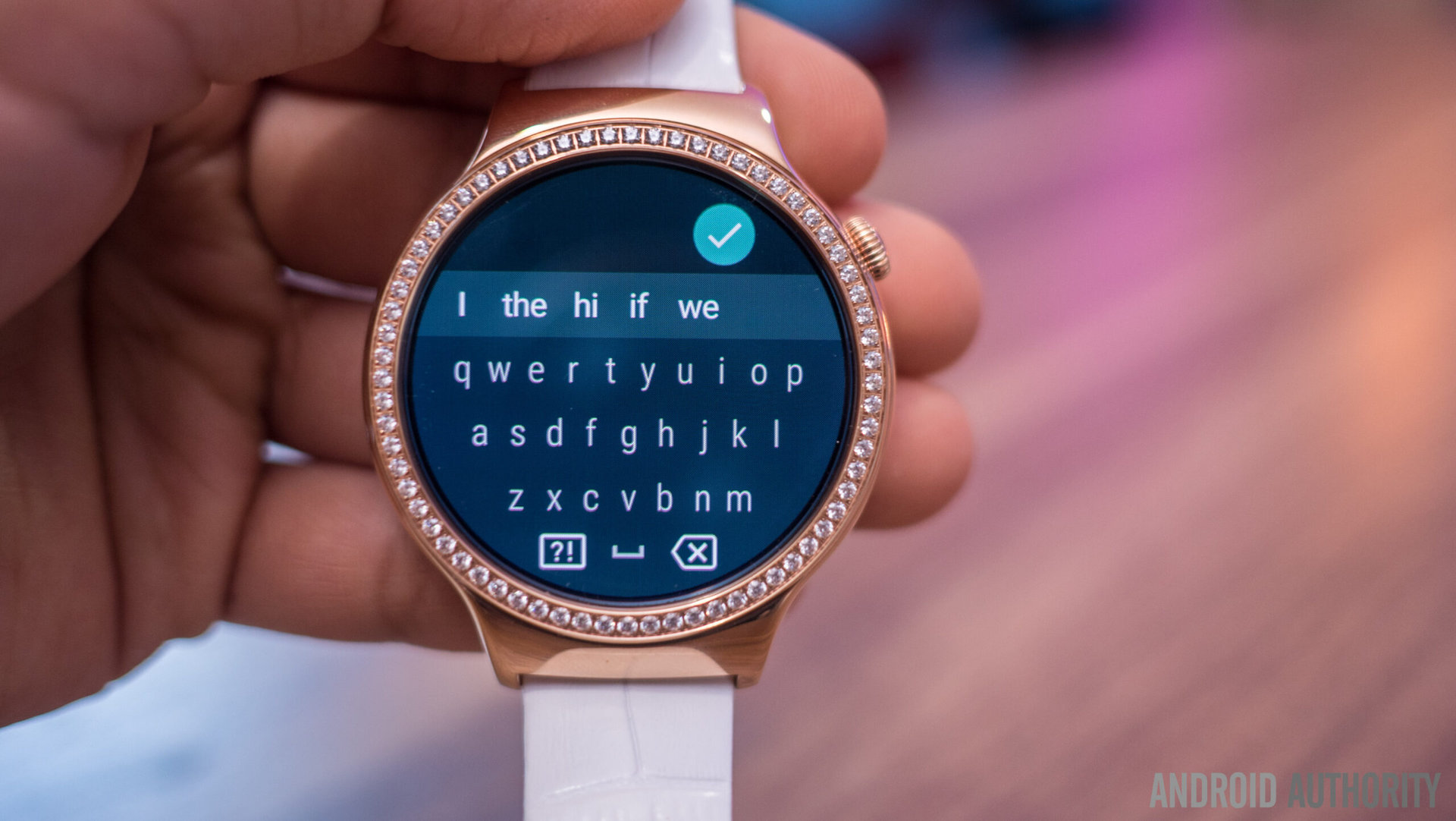
Apart from key changes to the user interface that make everything far more intuitive, new features with Android Wear 2.0 include the availability of a full QWERTY keyboard, the ability to add app shortcuts to any watch face, access to standalone apps without needing the watch to be tethered to a phone, and exciting updates to the device’s fitness tracking capabilities. A developer preview of Android Wear 2.0 is available right now, and don’t forget to check out our hands on for more information.
Important updates to Firebase
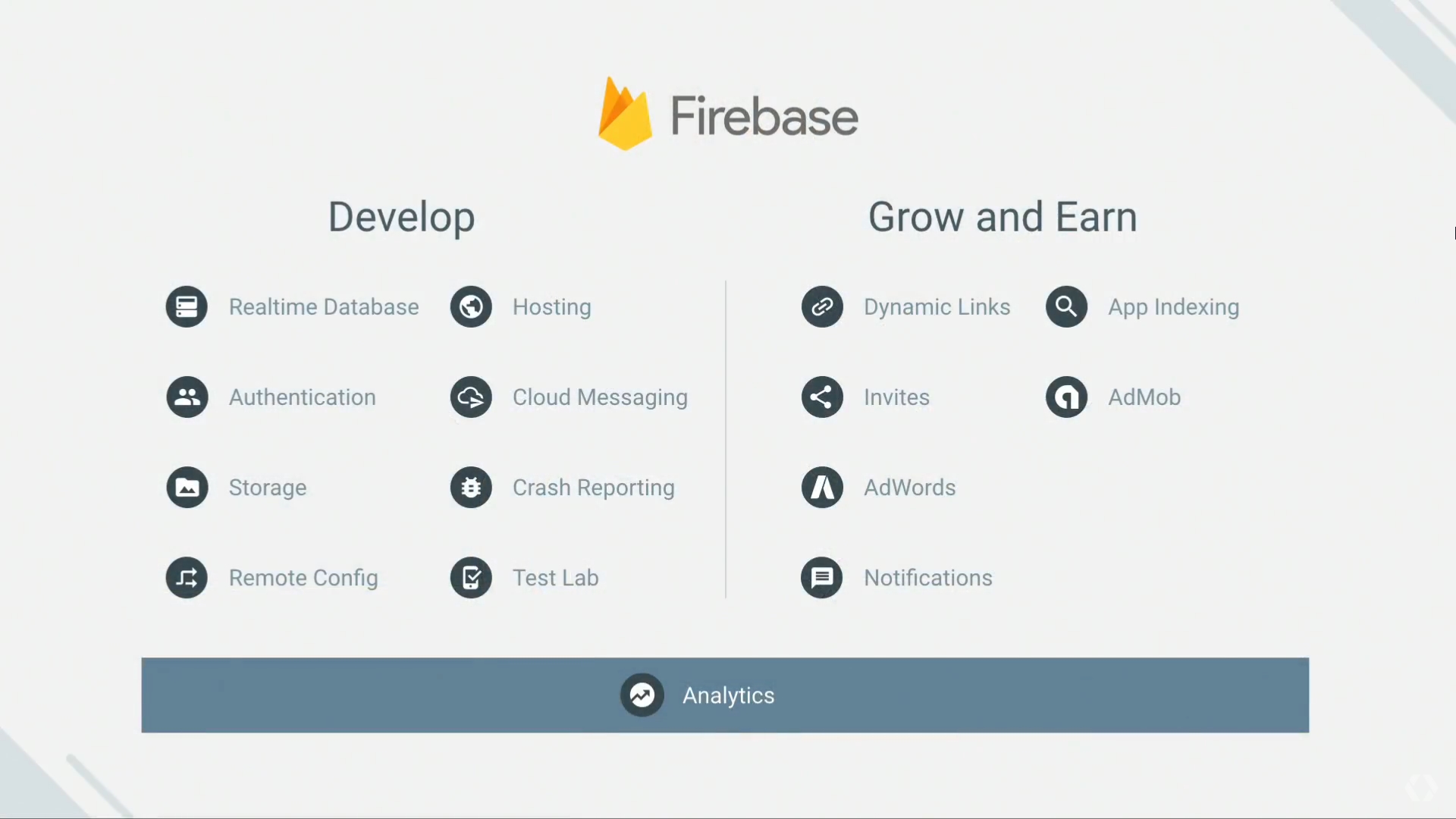
Google bought the Firebase development platform back in 2014, and now, the company has announced several key updates for the platform, with Firebase gaining a lot of new features, improvements to existing functionality, and better integration with Google’s suite of development tools and services. Among several new additions – a comprehensive list of which you can find here – the key ones include a new free Analytics module, Firebase Cloud Messaging, Firebase Storage, Firebase Remote Config, and a whole lot more. You can find out more about Firebase and these updates here.
Android Auto in any car
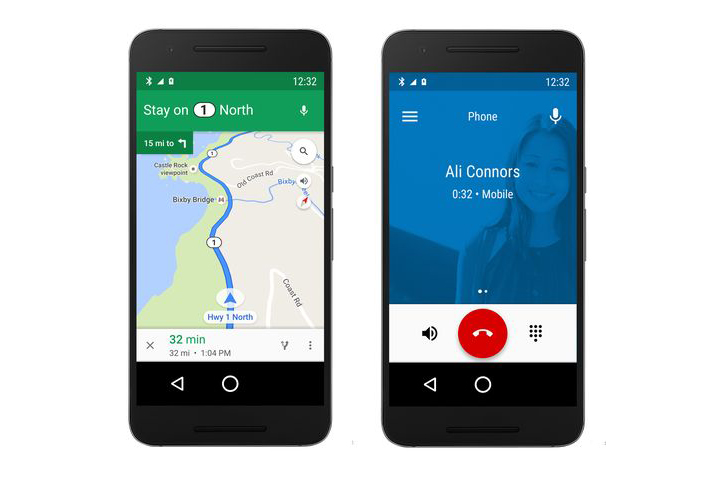
So far, if you wanted to take advantage of Google’s car infotainment system, you either needed a new car, or a third-party stereo that came with Android Auto support. The great news is that this is no longer necessary, with Android Auto now available directly on your smartphone, as an app. The app functions the same way the Android Auto in-car system works, and offers the same functionality. All you have to do is place the phone on a car mount, and enjoy Android Auto on your phone. Of course, if you are using the device for navigation or music, having a in-car stereo with Bluetooth or aux cable connectivity will help.
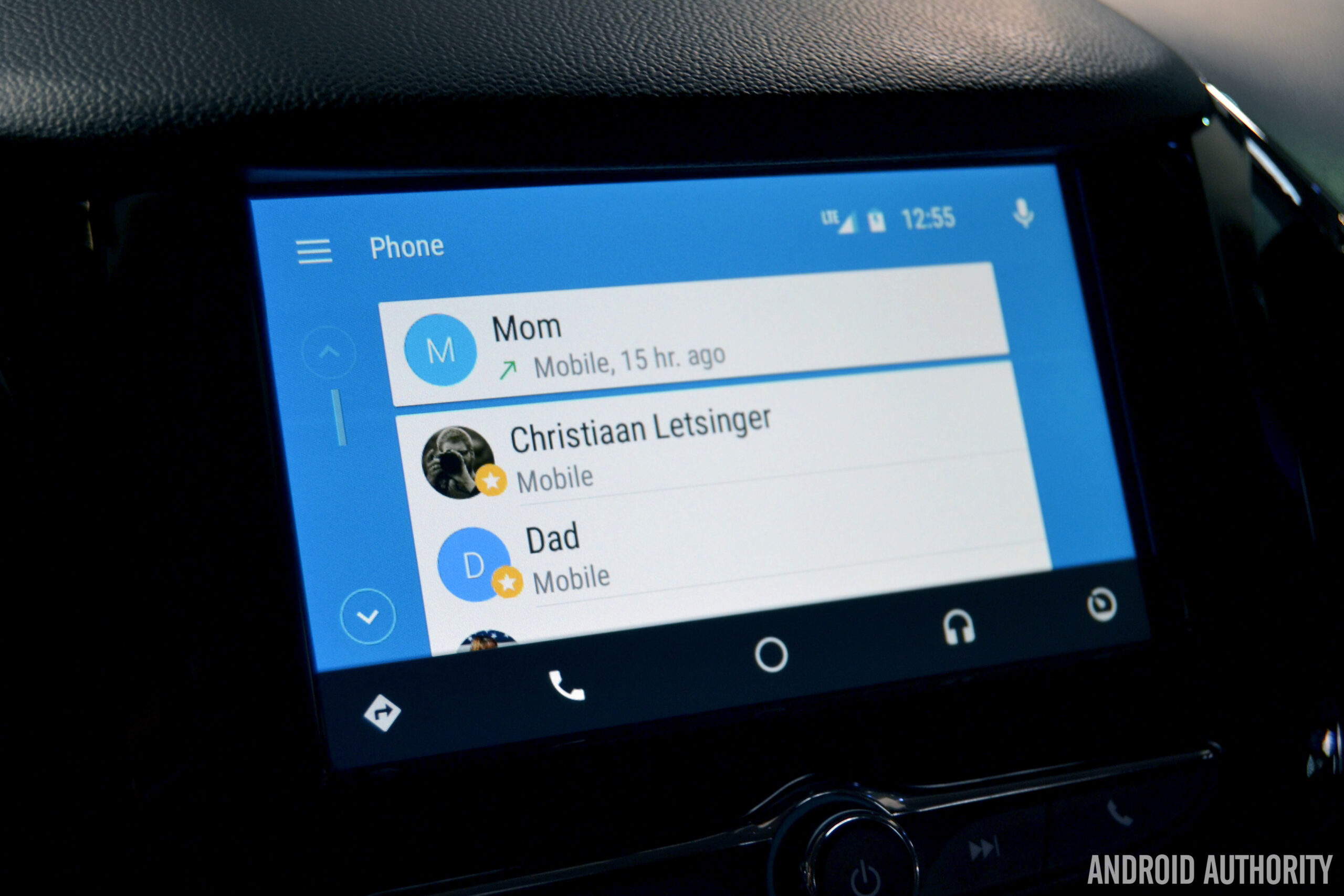
Of course, there are more features coming to the in-car system, too. With the new update, Android Auto is getting the ability to recognize “OK Google” voice commands without having to push a button on the console first. Waze integration is coming to Android Auto as well, so those who prefer Waze’s navigation features can use that instead of Google Maps. The update to Android Auto will be available later this year, and can be used on smartphones running Android 5.0 Lollipop and above.
Project Ara
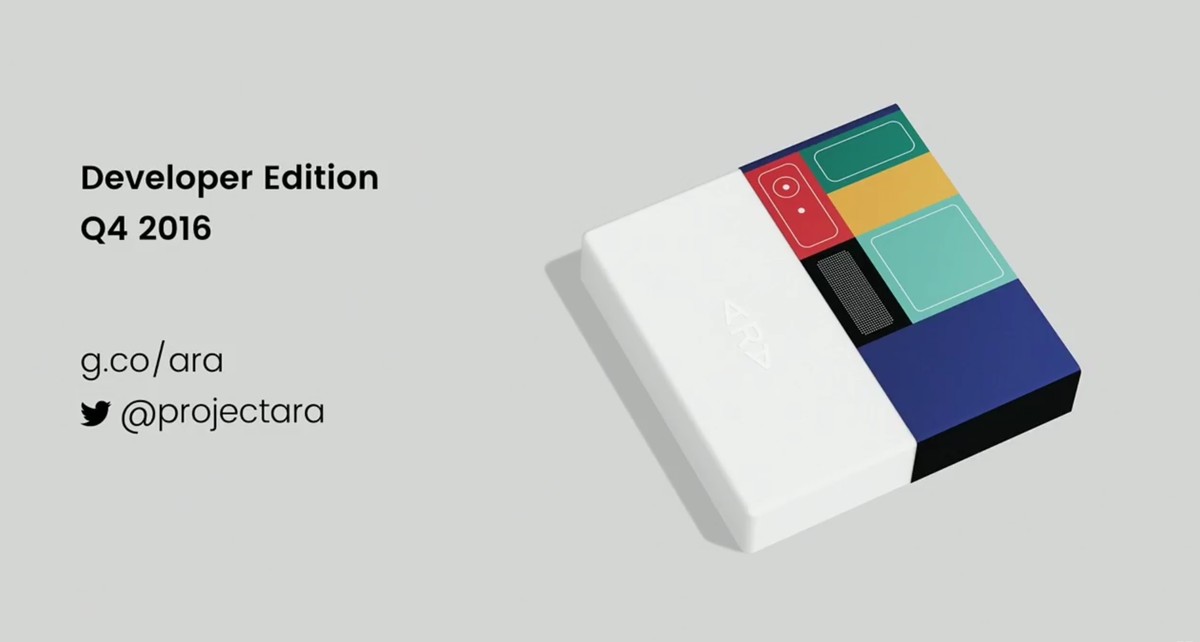
After a lot of delays and lack of news, we finally have some concrete information about Project Ara. A working prototype of a Project Ara smartphone was shown off during a special session at Google I/O, and there was a lot that was revealed about the device. The phone will have six slots in total, with you having the option to add any module to any slot, and you will be able to swap between various components without needing to shut down to phone. We don’t have a lot of information yet on what the various components and modules will be, but a developer version will be available later this year, with a commercial launch expected in 2017.
So there you have it, the biggest announcement from Google I/O 2016. What was your favourite announcement and what do you think about the announcements in general? What about the theme of this year’s event? Let us know your thoughts in the comments below!
Thank you for being part of our community. Read our Comment Policy before posting.